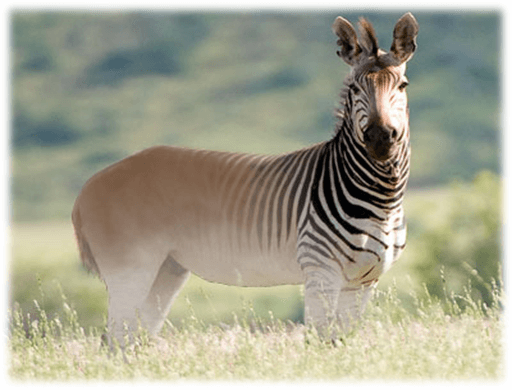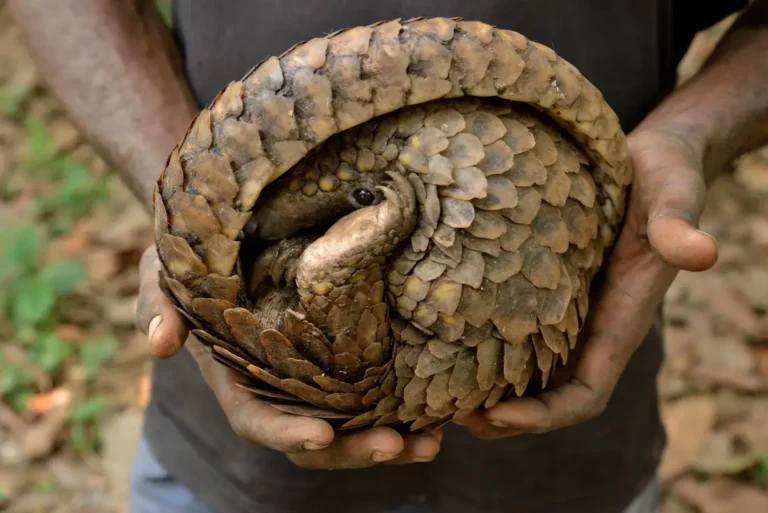The Leopard: Facts, Habitat, Behavior, and Conservation Status
The leopard (Panthera pardus) is one of the world’s most iconic and widely distributed big cats. Renowned for its adaptability, stealth, and power, the leopard inhabits a variety of ecosystems and plays a crucial role in maintaining the balance of its environment. This comprehensive guide explores the leopard’s scientific classification, physical characteristics, habitat, behavior, diet, reproduction, predators, conservation status, evolutionary history, and relationship with humans.
Contents
Scientific Classification
- Kingdom: Animalia
- Phylum: Chordata
- Class: Mammalia
- Order: Carnivora
- Family: Felidae
- Genus: Panthera
- Species: Panthera pardus
Leopards are part of the Panthera genus, including lions, tigers, jaguars, and snow leopards. They are known for their unique spotted coats and remarkable versatility across habitats.
Physical Characteristics

Leopards are medium-sized big cats, with some variations in size depending on the geographic location and subspecies.
- Size: Leopards typically range between 4.25 to 6.25 feet in body length, with an additional tail length of 3 to 4 feet.
- Weight: Males weigh between 80 and 200 pounds, while females are lighter, ranging from 60 to 130 pounds.
- Color and Coat: Their coats are golden-yellow with black rosettes, which help them blend into their environment. Melanistic leopards, often called black panthers, have black coats with barely visible rosettes.
The leopard’s body is built for stealth and power. Its muscular build, retractable claws, and powerful jaws make it a formidable predator.
Habitat
Leopards have the widest distribution of any big cat species. They are found across sub-Saharan Africa, northeast Africa, Central Asia, India, China, and Southeast Asia.
- Preferred Habitats: Leopards thrive in various environments, including rainforests, grasslands, savannas, mountains, and semi-desert areas.
- Adaptability: Their ability to adapt to various ecosystems allows them to survive in places where other large predators may struggle. Leopards are also highly adaptable to human-modified landscapes, which is why they are still found in regions with agricultural and urban development.
Behavior and Lifestyle

Leopards are solitary and elusive animals, primarily active at night (nocturnal) and dawn or dusk (crepuscular).
- Territoriality: They are highly territorial, marking their area with scent marks and claw scratches. Males typically have larger territories than females.
- Climbing: Leopards are exceptional climbers and often drag their kills up trees to protect them from scavengers like hyenas and lions.
- Swimming: Although not as water-loving as tigers, leopards are capable swimmers, especially when chasing prey in marshy areas.
Their solitary nature, stealth, and intelligence make them successful wild hunters.
Diet
Leopards are carnivores and have a broad diet thanks to their adaptability.
- Prey: They hunt various animals, including antelopes, deer, warthogs, birds, primates, and smaller mammals such as hares. In some regions, they may prey on livestock, which brings them into conflict with humans.
- Hunting Technique: Leopards are ambush predators, stalking their prey with incredible patience before launching a swift, surprise attack. They typically suffocate their prey by biting the neck.
Their opportunism allows them to exploit various food sources, ensuring survival across habitats.
Reproduction and Life Cycle
Leopards have a well-defined mating system, and they raise their young with great care.
- Mating Season: Leopards do not have a fixed breeding season, although mating peaks during the wet season in some regions.
- Gestation: The gestation period lasts approximately 90 to 105 days, after which a female gives birth to 2-3 cubs.
- Cubs: Cubs are born blind and remain hidden in dens for the first few weeks of their lives. They stay with their mother for about 18 to 24 months before becoming independent.
Leopards reach sexual maturity at around 2 to 3 years, and females typically breed every 15 to 20 months.
Predators and Threats
While adult leopards have few natural predators, they face several threats, particularly from humans and other large carnivores.
- Natural Predators: Lions and hyenas are known to steal leopard kills; in rare cases, lions may attack leopards. Leopards, however, use their climbing abilities to avoid confrontations.
- Human Threats: The primary threat to leopards is habitat loss due to human expansion, poaching for their skins, and retaliatory killings when they prey on livestock.
Conservation Status
The International Union for Conservation of Nature (IUCN) lists the leopard as Vulnerable. While leopards are not immediately endangered, their populations decline in many regions due to habitat destruction, poaching, and human-wildlife conflict.
- Subspecies in Peril: Some leopard subspecies, such as the Amur leopard, are critically endangered, with fewer than 100 individuals left in the wild.
- Conservation Efforts: Conservation programs focus on habitat preservation, anti-poaching measures, and fostering coexistence between leopards and humans in conflict areas.
Evolutionary History
The leopard belongs to the Panthera genus, originating around 2 to 3 million years ago. Fossil evidence suggests that leopards were once more widespread, even inhabiting parts of Europe during prehistoric times.
- Fossil Record: Fossils found in Italy and Asia suggest that the leopard’s ancestors had a broad range and gradually evolved to adapt to various climates.
- Divergence: Leopards share a common ancestor with other big cats, including lions, tigers, and jaguars. They diverged from these species about 3 to 4 million years ago.
Their ability to adapt to different environments was crucial to their evolutionary success.
Relationship with Humans
Leopards have a complex relationship with humans, ranging from admiration to conflict.
- Cultural Significance: Leopards have been revered in many cultures for their grace, strength, and beauty. They appear in ancient art, mythology, and folklore, symbolizing power and agility.
- Human-Leopard Conflict: In many parts of Africa and Asia, leopards are feared and sometimes hunted due to their tendency to prey on livestock. However, conservationists are working to mitigate these conflicts by incentivizing local communities to protect leopards.
- In Captivity: Leopards are also common in zoos worldwide, where they are part of breeding programs aimed at increasing their population.
Interesting Facts about Leopards
- Leopard vs. Cheetah: Leopards are often confused with cheetahs, but cheetahs have solid black spots, while leopards have rosettes. Leopards are also more robust and more powerful.
- Stealth Experts: Leopards are among the most elusive big cats, making them difficult to spot in the wild. Their camouflage and nocturnal habits contribute to their mystique.
- Black Panthers: “black panther” refers to melanistic leopards (sometimes jaguars). These leopards are entirely black but still have faint rosettes visible in sunlight.
Conclusion
The leopard (Panthera pardus) symbolizes strength, adaptability, and elusive beauty in the animal kingdom. Its remarkable ability to thrive across diverse habitats—from lush rainforests to arid deserts—demonstrates its evolutionary success and resilience. Despite its prowess and versatility, the leopard faces significant challenges, primarily from human activities such as habitat destruction, poaching, and conflicts with livestock.
Understanding and addressing these threats is vital for conserving this iconic big cat. Conservation efforts, including habitat protection, anti-poaching initiatives, and fostering human-leopard coexistence, play a crucial role in ensuring that leopards continue to roam the wild landscapes they have adapted to so well.
- Are Rottweilers Good With Kids? Reasons & Training Tips - 17 September 2025
- How Long Are Dogs Pregnant: Complete Guide - 16 September 2025
- German Shepherd Doberman Mix: Info, Pictures, Care & More - 11 September 2025







